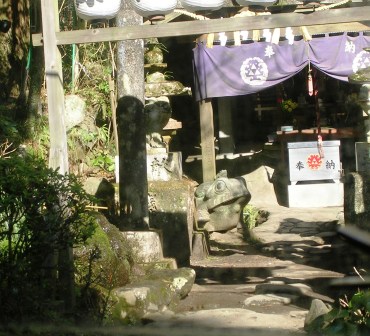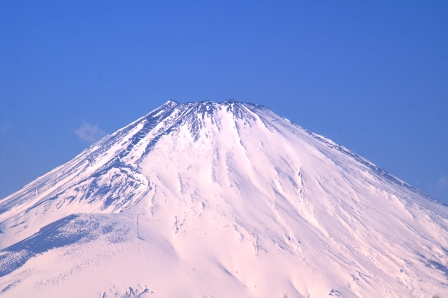Japan
Hakone and Mt. Fuji

Mt. Fuji
Just 57 miles southwest of Tokyo lies the charming spa town of Hakone, our next stop on this journey through Japan. Nestled in the mountainous far west of Kanagawa Prefecture, Hakone sits on the eastern side of Hakone Pass. Most of the town falls within the borders of the volcanically active Fuji-Hakone-Izu National Park, centered around the stunning Lake Ashi. Traveling from Tokyo is effortless—just a quick subway transfer followed by a high-speed train ride. True to Japan’s impeccable transport system, you won’t have to wait long for the next train.

Lake Ashi
For centuries, Hakone has been a popular retreat for Tokyo’s residents. Thanks to its proximity to volcanic Mt. Fuji, the town is home to numerous hot springs. What makes Hakone’s onsens particularly unique is the presence of radon—a radioactive gas believed by locals to have healing properties. Aside from its famous hot springs, Hakone is also known for the breathtaking Lake Ashi. With Mt. Fuji standing majestically in the background and steam rising from the volcanic landscape, the views are nothing short of spectacular.
Visitors can explore fascinating sites such as the volcanic Owakudani geysers and the historic Hakone Shrine along the lake’s shores. Nature lovers will appreciate the Hakone Botanical Garden of Wetlands, while art enthusiasts can visit the Hakone Open-Air Museum. For sports fans, the annual Hakone Ekiden—a long-distance foot race from Tokyo to Hakone and back—takes place every New Year.

A Temple
Accommodations in Hakone range from traditional Ryokans to modern hotels. One notable establishment is the historic Fujiya Hotel in Miyanoshita. However, for an authentic experience, staying at a Ryokan is highly recommended. These traditional Japanese inns feature tatami mat flooring instead of beds—guests simply move the low table aside and roll out a futon for sleeping. It’s customary for Ryokan guests to receive a kimono and slippers, which they wear to dinner within the hotel.
A typical day in Hakone might begin with waking up on a futon, followed by a refreshing morning onsen and a delicious breakfast. From there, a short stroll leads to the local train station, where a scenic railway ride winds through switchbacks and tunnels, offering incredible views of the valley en route to Gora Station.

Mt. Fuji
From Gora Station, visitors take a funicular train up steep terrain to Sounzan Station, where an optional two-hour winter hike leads to the summit of Mt. Soun. If hiking during snowy months, crampons for your boots are highly recommended for better traction on slippery trails. This trek rewards hikers with breathtaking views of Hakone Valley, culminating in an extraordinary sight—Mt. Fuji in the distance.
The hike traverses volcanic terrain, with occasional wafts of sulfurous vapor reminding travelers of the geological activity beneath their feet. On the descent, steaming vents emerge from the earth, with patches of warm ground contrasting against the surrounding snow. It’s an eerie yet captivating experience, reminiscent of an entirely different world.
Completing the hike leads to a gondola ride down to Lake Ashi. The lake features unique attractions, including kitschy reproductions of European-style galleon ships. While amusing, the true highlight remains the stunning views of Mt. Fuji reflected in the lake’s pristine waters.
Watch a video from Hakone
Join me as we continue our journey through Japan in the next installment.